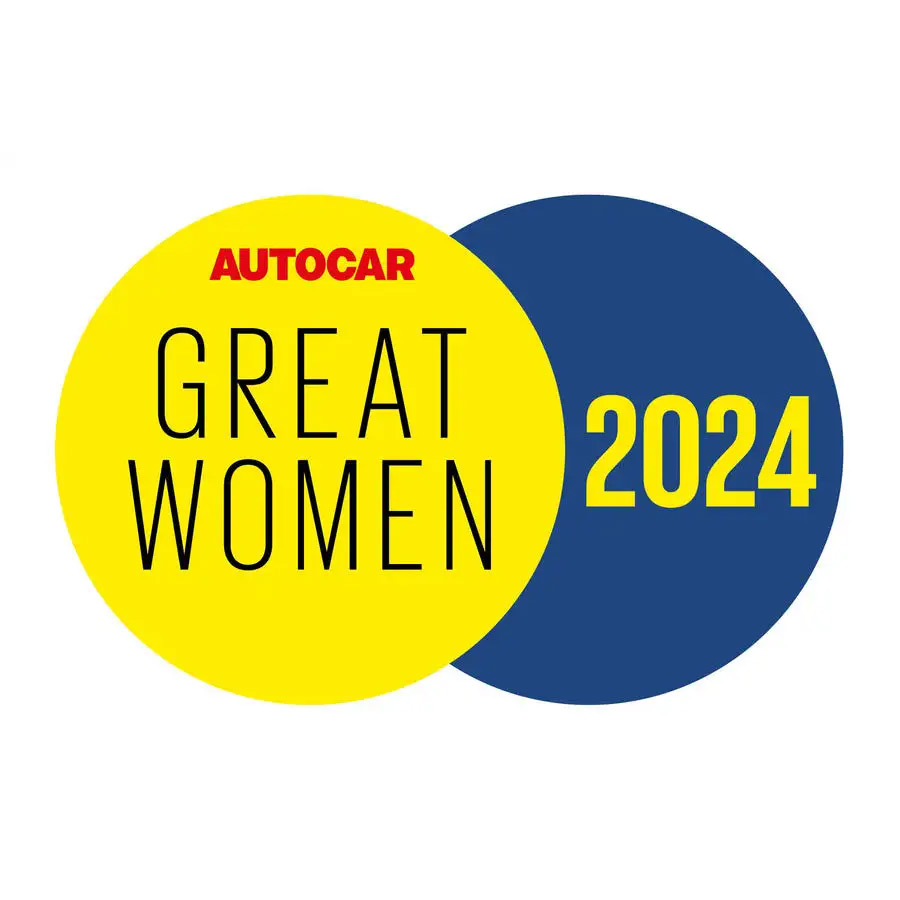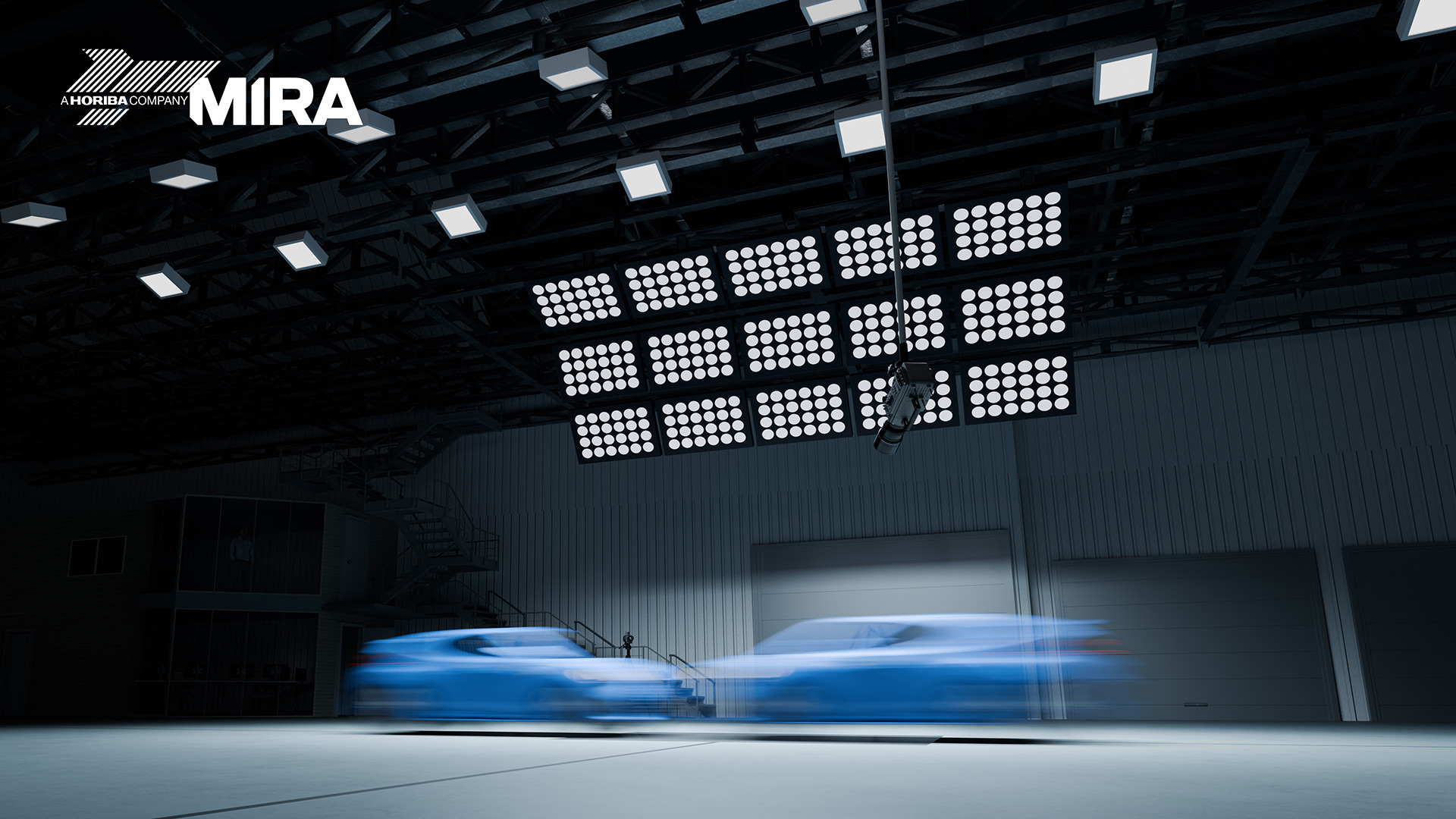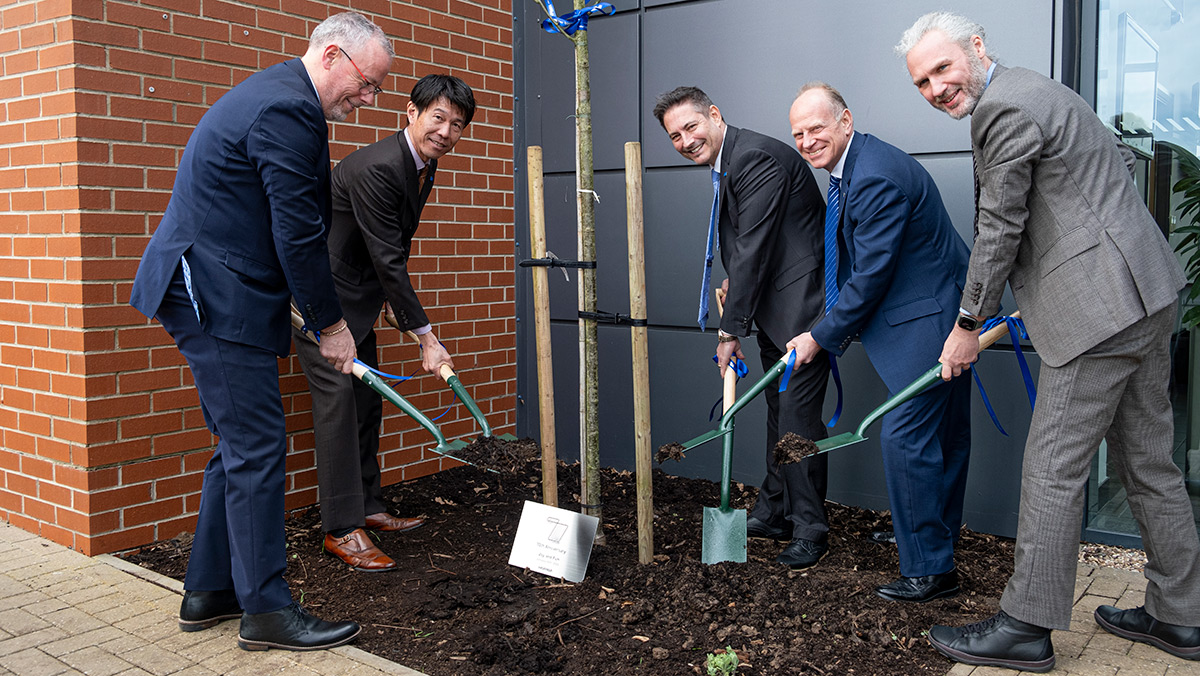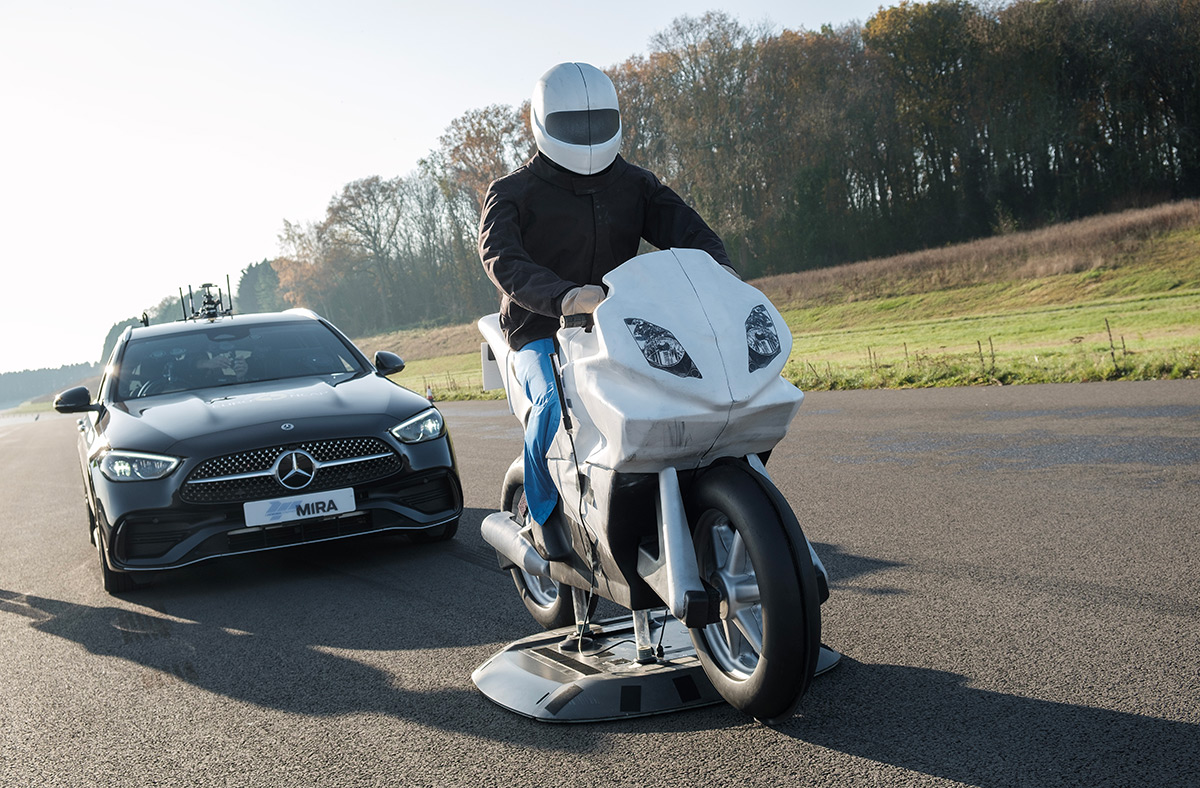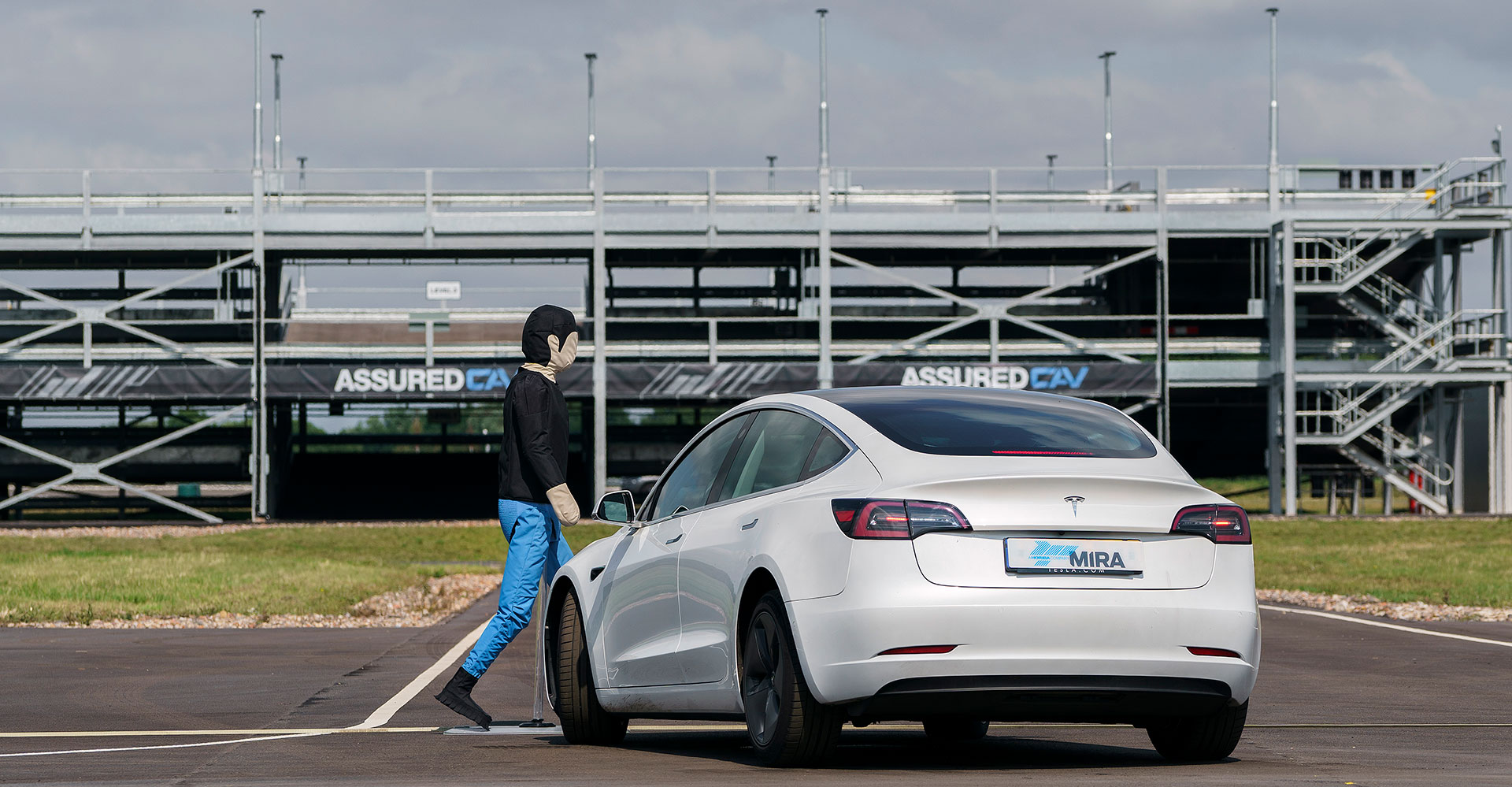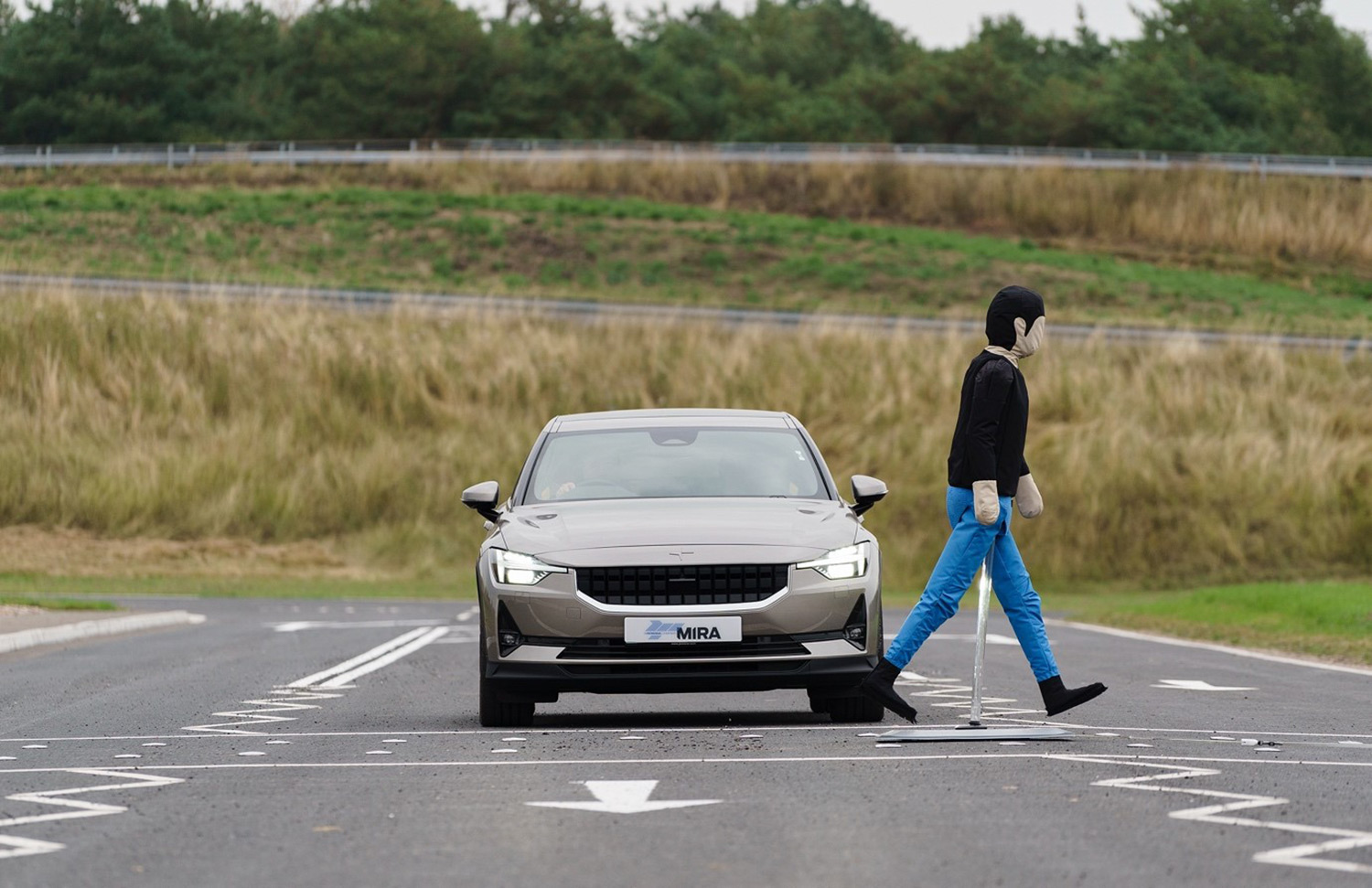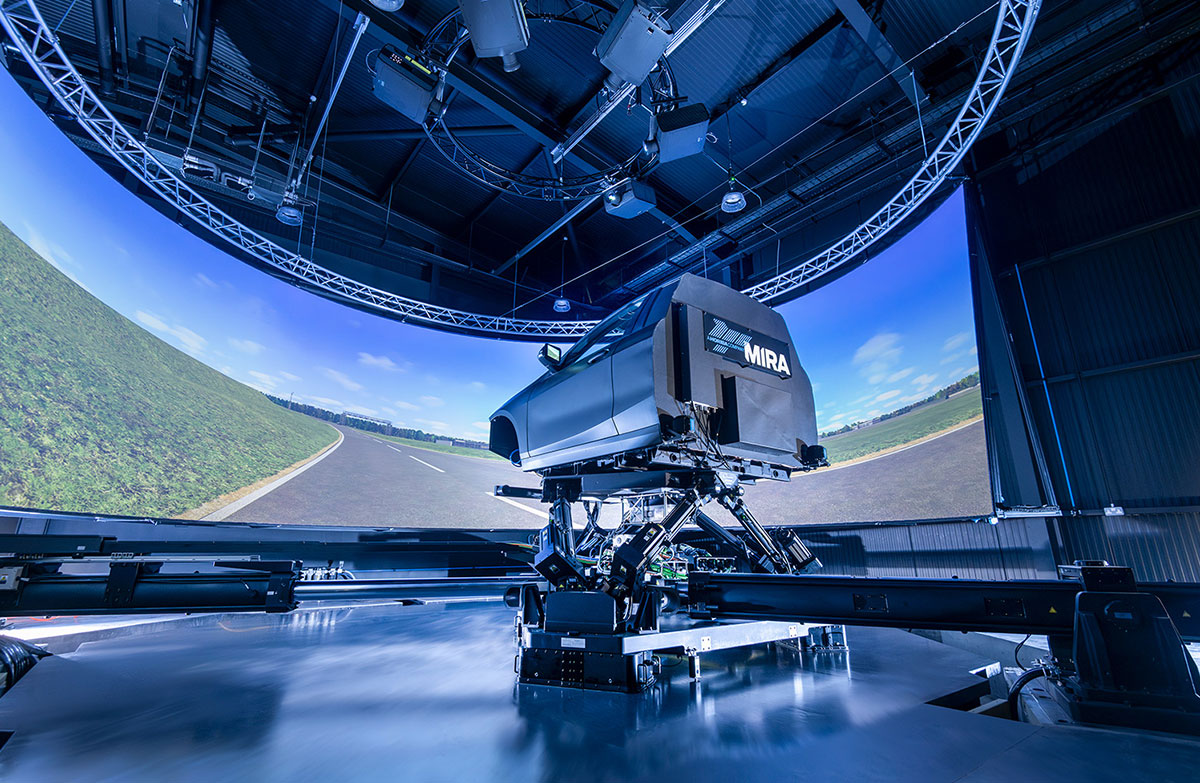How does the introduction of the North American Charging Standard (NACS) impact vehicle manufacturers?
Tesla’s decision to open up its DC supercharging network in the US to non-Tesla EVs fitted with CCS1 connectors has brought major change in the market.
To bring about even greater charging freedom and make access to its chargers as easy as possible, the brand is standardising the next generation of its proprietary connector under SAE J3400 and allowing other EV manufacturers to fit this inlet type to their vehicles.
HORIBA MIRA provides insight into NACS and looks at the impact its introduction is having on the wider EV market.
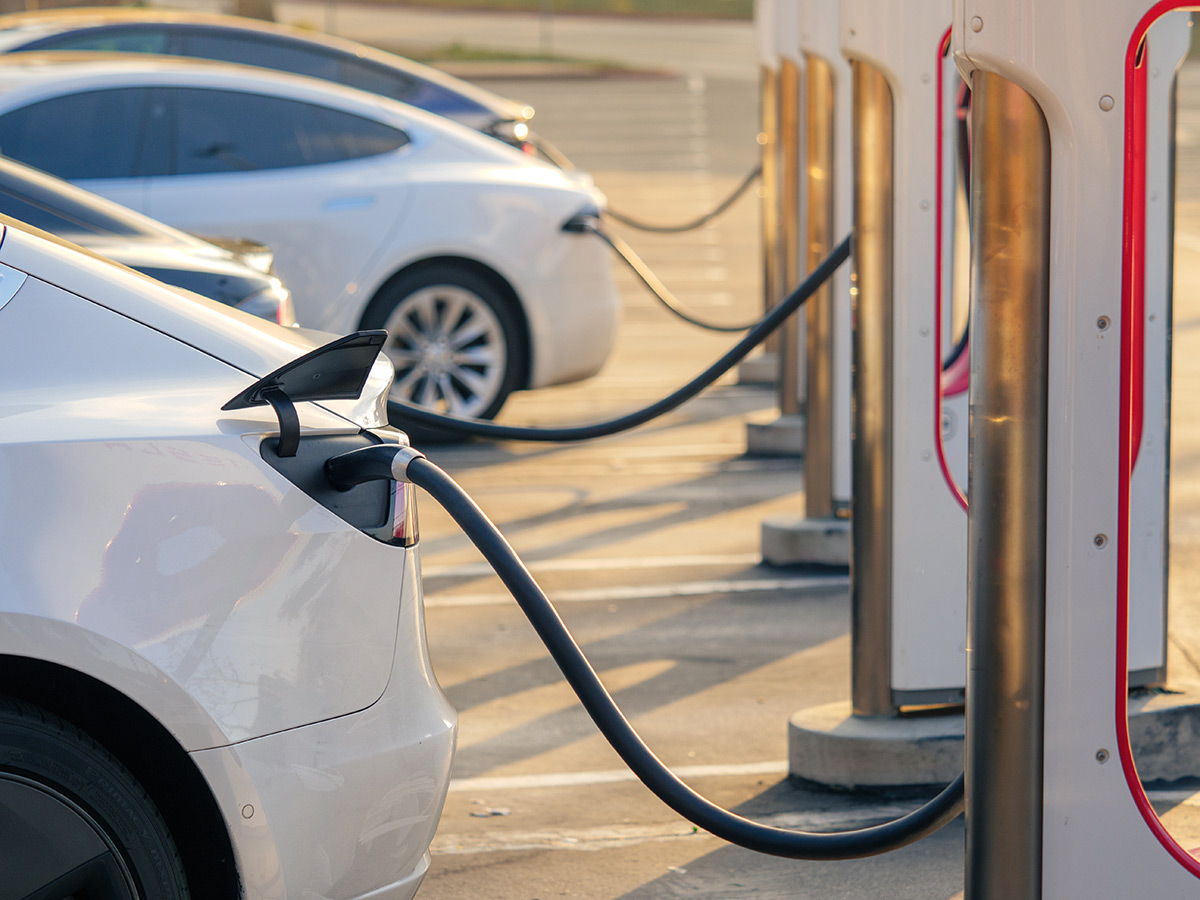
The driver for change
The US Government has introduced financial incentives for high utilisation of EV charging infrastructure and this has encouraged Tesla to release its superchargers to other OEMs.
The number of superchargers in the brand’s US network outnumber all other DC fast chargers 2:1, so any vehicles that can use them have an advantage over competitors that can’t. This is a reality that is expected to influence vehicle sales in the territory.
It’s a well known fact that as soon as Ford entered commercial discussions with Tesla to use its charging network, other manufacturers quickly followed.
The future of CCS1 in the US
To enable the use of the supercharger network, major OEMs could continue to fit CCS1 connectors to their vehicles – but provide a CCS1-to-J3400 adapter.
However, most of these vehicle manufacturers are intending to bypass this route and start fitting J3400 connectors on selected vehicles from 2025 and 2026 model years.
It is likely that as the adoption of J3400 connectors increases, other DC chargers on rival networks will be updated to J3400 and vehicles fitted with CCS1 will then charge via an adapter. In this way, the DC charging infrastructure could transition fully to J3400 long before CCS1-equipped vehicles become obsolete in the US.
The North American Charging Standard
The J3400 charging connector is visually similar to, and backward compatible with, existing proprietary Tesla connectors. But the major change is the support for 350kW charging which is achieved by increasing the maximum working voltage to 1000V.
Compared to CCS1 connectors, the main functional difference is that there are no dedicated pins for AC and DC energy transfer; the J3400 connector shares a single pair of pins for both charging regimes. This has an implication that the vehicle needs to detect the type of charger connected and act in a way that prevents hazards caused by the erroneous connection of vehicle DC power to AC mains – and vice versa.
The benefits of using the J3400 are that the connector is smaller and lighter, meaning the charging cable can be managed with greater ease.
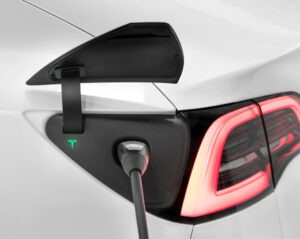
Retrofitting CCS1 vehicles and the future of CCS1 in other territories
It’s highly unlikely that vehicles will be retrofitted with J3400 inlets because additional electronics may be required to manage the common interface for AC and DC charging connections. In addition, it would not be commercially viable in comparison with the use of a charging adapter.
Looking further afield than the US, the Tesla charging connector is also used in Canada, Mexico and South Korea – three countries where CCS1 is the main DC charging standard.
Tesla will allow other vehicle manufacturers to use its superchargers in these regions, but given the network doesn’t enjoy the same dominance as it does in the US, it isn’t realistic to expect a wholesale switch from CCS1 to NACS.
The future of CHAdeMO connectors
It has yet to be confirmed whether Tesla intends to allow other OEMs to use its supercharger network in Japan, a country where its cars are sold with the NACS connector.
However, the brand’s market penetration is still limited in Japan so this may not be considered until the supercharging network is better established to avoid putting Tesla owners at a disadvantage.
The prevalent DC charging standard in Japan is CHAdeMO and the latest development (version 3.1, referred to as ‘ChaoJi’ and released in September 2023) surpasses the capability of J3400.
This joint ultra-fast charging standard, developed with China, supports 480kW charging with voltages up to 1500V and currents up to 800A. It is based on the GB/T protocol rather than CCS, but has been designed to be compatible with all existing charging standards.
Therefore, it is unlikely that car manufacturers will opt for J3400 in Japanese markets, paving the way for ChaoJi chargers to support the charging of Tesla vehicles with suitable adapters.
The threat to CCS2 from J3400
In Europe, Australia and a number of other countries, CCS2 is the prevalent standard, and Tesla vehicles in these territories are also fitted with CCS2 inlets. The absence of competing standards means there is no reason to deviate from CCS2.
The only way a switch to J3400 technology would be considered is if there was a reduction in the size and weight of charging cables. However, this is very unlikely to be sufficient motivation to move away from CCS2, particularly given that CCS2 can also support 350kW charging.
Tesla is already starting to allow access to its supercharger network in Europe, a move that has been made easier by the common CCS2 interface.
Charging CCS1 vehicles at Tesla superchargers
Latest-generation superchargers benefit from Tesla’s ‘Magic Dock’ technology where an authentication process identifies the vehicle type and either releases the charging cable with the Tesla NACS connector, or with a Tesla-to-CCS1 adapter fitted and locked in place.
Older superchargers can be used by CCS1-equipped vehicles, via the use of third party adapters (such as those offered by A2Z EV) that the driver fits between the vehicle inlet and the charge coupler. Activation of the charger still requires authentication, so this route is only supported for vehicle manufacturers that have commercial agreements in place with Tesla.
The additional electrical connection in the DC current path associated with the adapter introduces additional resistance, generating more heat during charging.
Vehicle manufacturers must consider the effect of this additional heat generation and the uncertainty regarding the magnitude of resistance introduced, particularly in the case of third party or aged adapters being used.
Vehicle charge control software may require an update to account for this additional resistance when connection to a Tesla Supercharger is detected. Alternatively, temperature sensing at the vehicle charge inlet may already be sufficient to restrict charging currents when excessive heat is generated.
The A2Z EV adapter includes temperature cut-out switches set to 85°C. However, whether this is sufficient to mitigate the hazards associated with overheating – without additional mitigation in the vehicle – should be considered within safety analysis.
